Pompeii: an endless exploration voyage
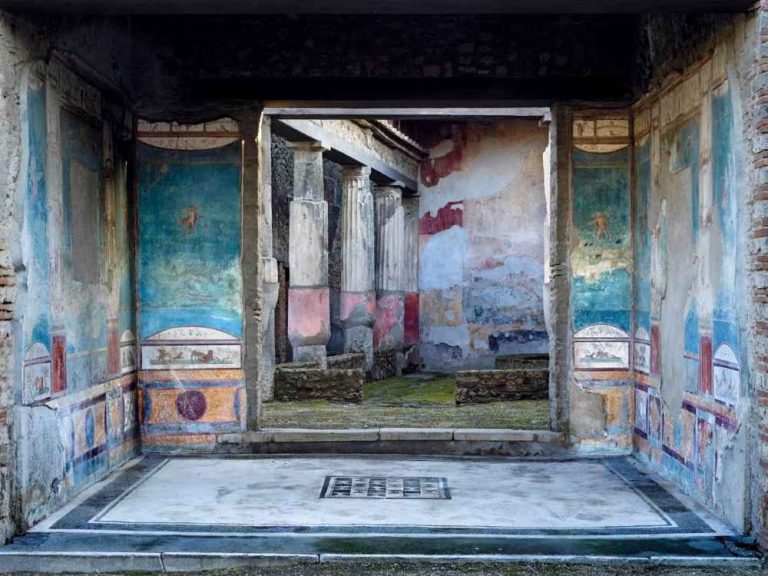
Mary Beard, author of numerous books about the Roman world, says that visiting Pompeii is akin to time travel. The city buried by Mount Vesuvius in 79 AD, unlike any other Roman antiquity site, allows us to connect with people who lived and died 2,000 years ago. We get a glimpse into their daily lives, from their houses and bakeries to their streets and bathrooms. Moreover, the site offers an immense variety of archaeological remains, and two-thirds of it have yet to be excavated. The National Archaeological Museum of Naples has just as many artifacts from Pompeii in storage as it has on display. The stored items are equally remarkable, just not currently on exhibit. It’s like Madrid’s Prado Museum having a vault full of Velázquez and Goya paintings as impressive as the ones hanging on its walls. Every month, Pompeii offers a fresh assortment of treasures – paintings, political graffiti, slave quarters, a fast food joint and yet another trove of human remains. Pompeii not only provides valuable insights into daily life in ancient Roma, but it has also significantly influenced our understanding of antiquity. It’s like that scene in the movie Poltergeist where a parapsychologist says she began believing in ghosts after seeing inanimate objects inexplicably moving before her eyes. Pompeii offers a similar experience, immersing us in the vibrant world of ancient Rome and taking us on a unique and never-ending journey of discovery.
Inside Pompeii (Getty Publications in USA / Thames & Hudson in UK, 2023) by Italian photographer Luigi Spinas is a visually stunning and intimate photographic tour of Pompeii’s spaces, including many that have never been seen by the public.
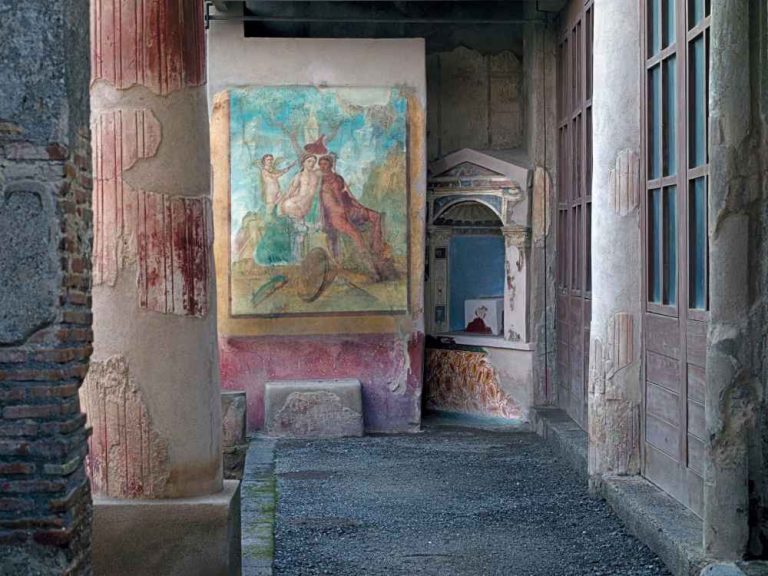
The Efebo House had an unusual layout and was owned by Publio Cornelio Tegeste, a wine merchant.LUIGI SPINA (PARQUE ARQUEOLÓGICO DE POMPEYA / LA FÁBRICA)
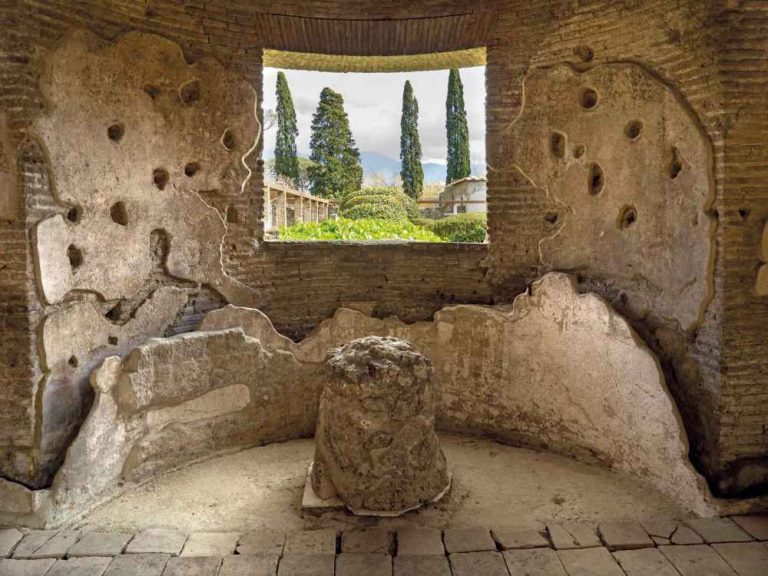
Praedia, part of a 9,000 square meter residential-commercial complex.LUIGI SPINA (PARQUE ARQUEOLÓGICO DE POMPEYA / LA FÁBRICA)

The Vergel House retains remnants of its late Republican period ornamentation, featuring abundant plant and floral motifs along with several mythological scenes.LUIGI SPINA (PARQUE ARQUEOLÓGICO DE POMPEYA / LA FÁBRICA)
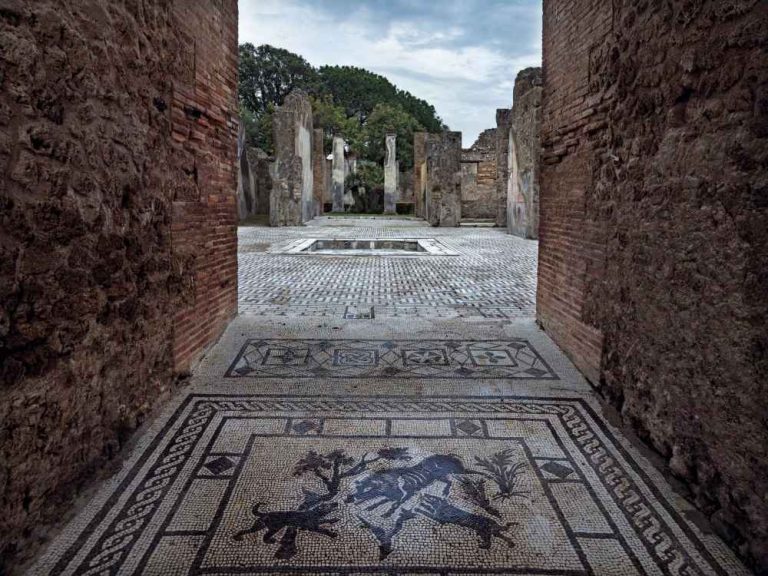
The Boar House is thought to have belonged to a notable family due to its close proximity to the Forum. Its architectural structure dates back to the time when Pompeii became a Roman colony in 80 BC.LUIGI SPINA (PARQUE ARQUEOLÓGICO DE POMPEYA / LA FÁBRICA)
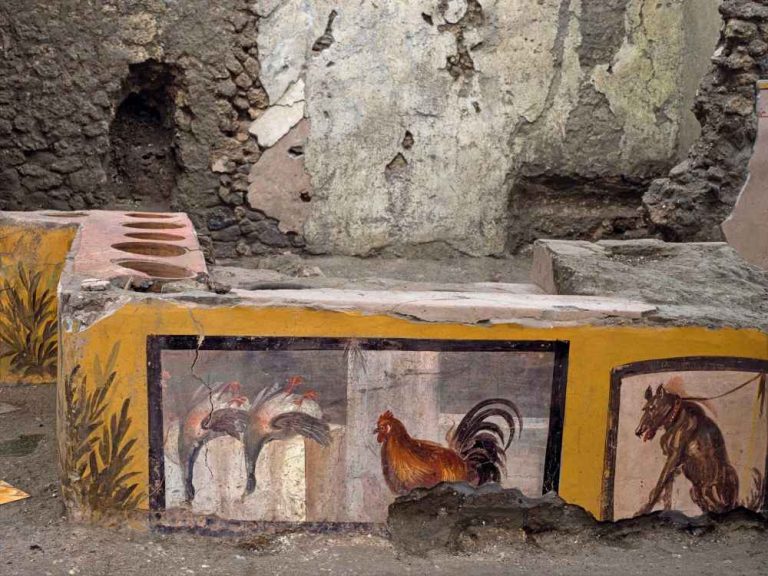
Impressive animal motifs decorate the ancient tavern counter in Pompeii excavated in 2019.LUIGI SPINA (PARQUE ARQUEOLÓGICO DE POMPEYA / LA FÁBRICA)
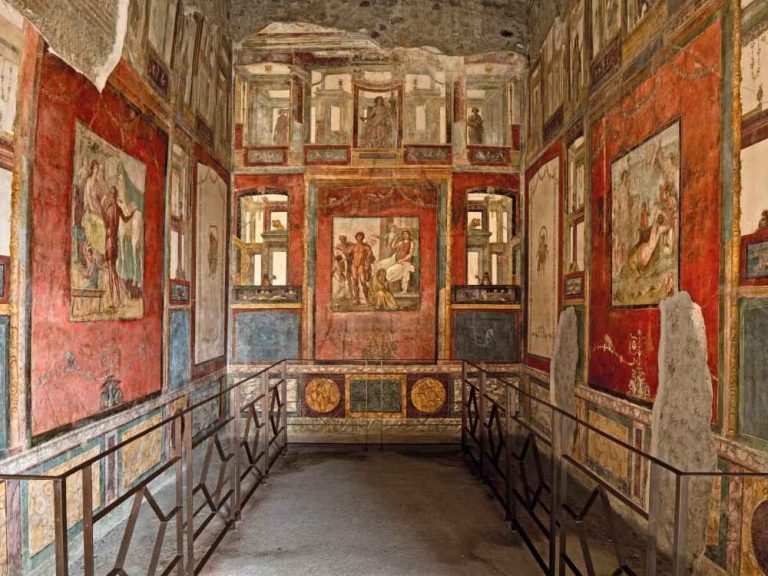
The Cesius Blando House was owned by a Pompeian nobleman during the Samnite era. It had thermal baths, including one of the oldest known baths in Pompeii.LUIGI SPINA (PARQUE ARQUEOLÓGICO DE POMPEYA / LA FÁBRICA)
The Vetios House, belonging to merchants Aulo Vetio Restituto and Aulo Vetio Conviva, was decorated with Roman Fourth Style paintings.LUIGI SPINA (PARQUE ARQUEOLÓGICO DE POMPEYA / LA FÁBRICA)